
-
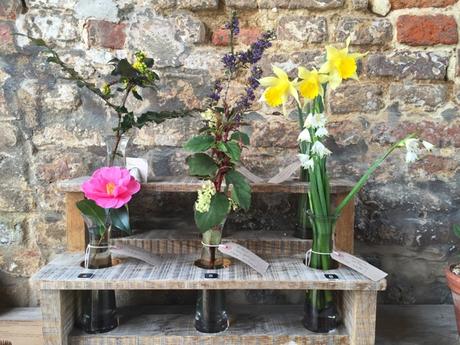
When is the first day of Spring ?
It might not feel like it given the cold snap we've been experiencing recently but today is the firs...
20th March 2018 * Read More " -

Springing into Action
There are clear signs that spring has arrived, even though we currently have a brief return to a...
21st March 2018 * Read More " -
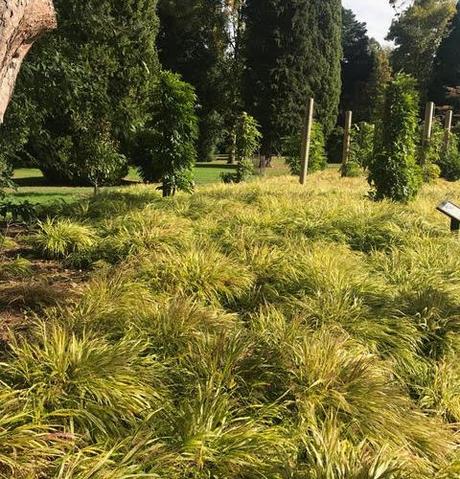
Wisterias for Small Spaces
Wisterias are wonderful plants, but once established they do have imperialistic tendencies, wreath...
25th October 2018 * Read More "
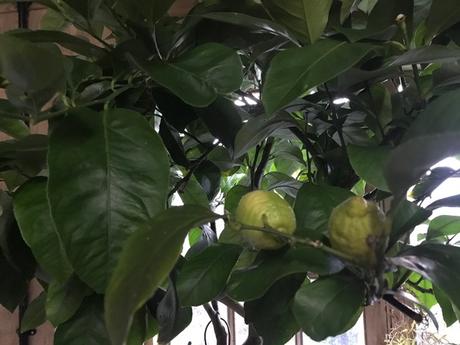 7th December 2018 * In The Garden * Stephanie Donaldson
7th December 2018 * In The Garden * Stephanie Donaldson
Over the years I have come to realise that the key to overwintering half-hardy and tender plants is not necessarily to cosset them somewhere warm, but to make sure that they stay fairly dry. Cold doesn't necessarily kill them, unless your soil is frozen for long periods of time, but the combination of cold and wet almost always does. I have a variety of strategies, depending how precious particular plants are - some I will gamble with, some not.
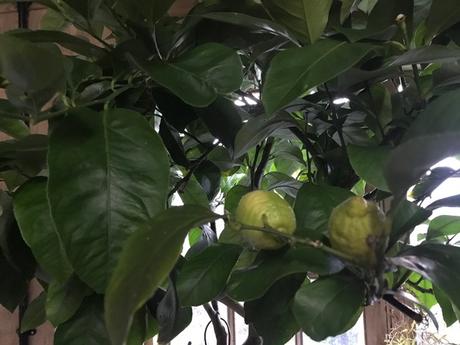
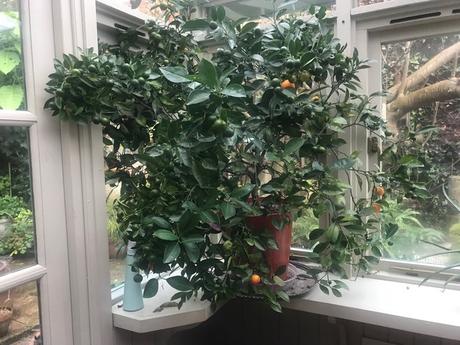
The citrus trees are far too precious to risk losing them and although they are now too large to find space for all three indoors, two come through the winter pretty well on a bench in front of the window in the garage, while the other has pride of place in the kitchen. Come the spring when they all go outdoors, the two less-cossetted trees are soon back in tip top condition.
Then there's the belt-and-braces approach - one of the brugmansias in the courtyard is ten foot tall and still producing flowers so I'm reluctant to cut it back yet, but I do have a sister plant that was cut back and potted up and tucked under the brick arch of the log store - along with some geraniums - where it will get reasonable light but stay dry. Another lodger in the log store is a pot of black-eyed Susan - it's a bit of a gamble - I've had them come through the winter before and they flowered much earlier than bought in plants and romped up fifteen feet, so rather consign them to the compost heap they can take their chances. Salvias get similar treatment - I leave some plants outdoors, but dig others up, cut them right back and pot them up to overwinter in the conservatory and take cuttings to root in a propagator. Salvias 'Amistad', Ceri potosi and Phyllis's Fancy all get this treatment.

If you haven't already done so, just about the most important thing you can do to help outdoor potted plants come through the winter, is to remove any saucers from underneath the pots and lift the pots off the ground - put them on a raised surface, or use pot feet. When moisture can drain away freely the roots of the plants are much less likely to be damaged by frost. It can also help to cover some of the more vulnerable plants with cloches - especially succulents.
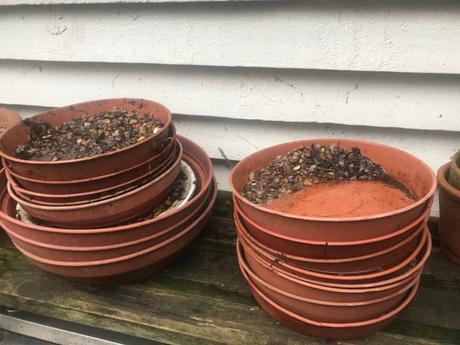
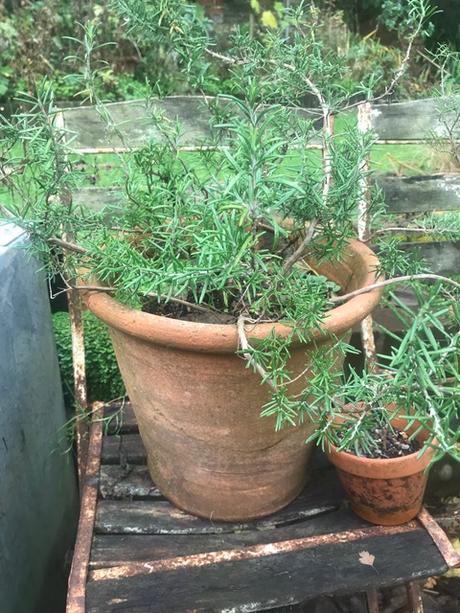
There's one task that I still have on my list - I have several large pots of agapanthus - most winters they do fine as long as I tuck them up with a deep layer of bark that covers the roots and the fleshy base of their leaves, but lying snow can cause them to rot, so I now play safe by adding a fleece cover to their protection - it's not very pretty but the plants are worth protecting.
Everything else has to take its chances - I apply deep mulches to plants in the border that are too large to move and most winters they will be fine - if not it offers an opportunity to plant something entirely different!
Similar Articles
© Copyright The Enduring Gardener 2018. All rights reserved.
Website design by Kolodo

